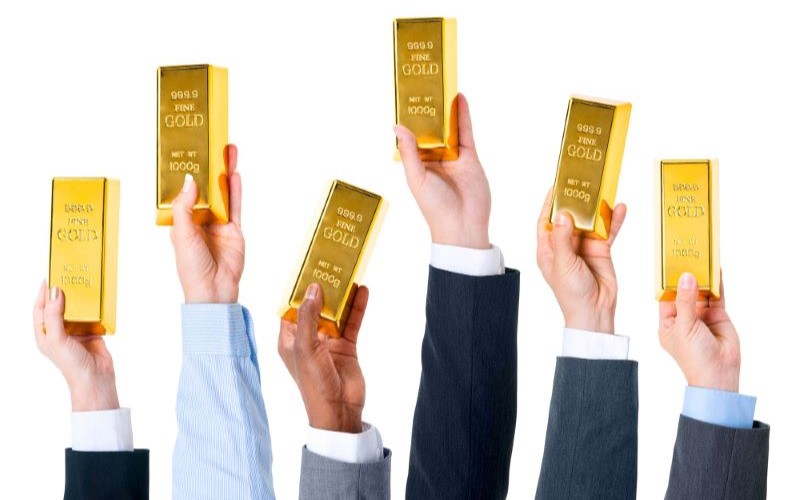The ABS outlined the most significant factors to July's monthly inflation print were housing, up 7.3%, and food and non-alcoholic beverages, up 5.6%.
This was offset by a fall in fuel (-7.6%) and fruit and vegetables (-5.4%).
ABS Head of Price Statistics Michelle Marquardt said annual price rises continue to ease from the peak of 8.4% in December 2022.
"CPI inflation is often impacted by items with volatile price changes like automotive fuel, fruit and vegetables, and holiday travel," Ms Marquardt said.
"It can be helpful to exclude these items from the headline CPI indicator to provide a view of underlying inflation. When excluding these volatile items, the decline in annual inflation is more modest at 5.8% in July, compared to 6.1% in June."
The monthly index is considered more volatile than its quarterly counterpart and is less comprehensive - it excludes certain items in a basket of goods.
Electricity prices rose 15.7% in the 12 months to July and increased 6% in the month of July.
Westpac Senior Economist Justin Smirk flagged electricity as a key source of uncertainty over the next few months with state energy rebates and the timing of bill increases complicating the likely trajectory for inflation in September.
“This is partly due to the ABS only very recently introducing a monthly electricity series; historically, electricity was surveyed quarterly, and the reported monthly changes only go back to September 2021,” Mr Smirk said.
“Also, with the move to monthly reporting this will pick up various billing cycles as well as the timing of the rebates which are subject to various eligibility criteria.”
For example, rebates in NSW are for first home buyers, while in Victoria, they go to every household.
However, as the Victorian rebate is paid via a nominated bank account (instead of directly to electricity bills), it will be treated as income by the ABS and won’t affect the CPI.
Ms Marquardt noted that if the July data excluded the impact of rebates, electricity prices would have actually recorded a monthly increase of 19.2%.
Three out of four major banks pencilled in a monthly annualised inflation outcome below 5%, while ANZ anticipated a slight rise from last month to 5.5%.
The outlook for September’s monetary policy meeting
NAB Market Economist Taylor Nugent said unless the monthly CPI figure prints much higher than expected, there will likely be little appetite for the RBA to restart its rate hiking cycle next month.
“The month of July in the CPI indicator is heavily weighted to goods and so the indicator will get all the benefit of any goods disinflation and little of the read from still-high services inflation,” Mr Nugent said.
“With markets only pricing 0.5 basis points of tightening for September, we do not think a soft print will weigh too heavily on markets or be new to the RBA.”
In August's monetary policy decision, outgoing governor Dr Philip Lowe said the 12 cash rate hikes were working to return inflation back on track to the 2-3% target range by late 2025.
"The higher interest rates are working to establish a more sustainable balance between supply and demand in the economy and will continue to do so," Dr Lowe said.
However, Roy Morgan CEO Michele Levine warns there are "new inflationary pressures" building in the economy, which could add fuel to tighten the cash rate further.
"During mid-August the average retail petrol price in Australia increased to over $2 per litre for the first time since July 2022," Ms Levine said.
“Although many have suggested the RBA has finished its cycle of interest rate increases, the low Australian Dollar and high petrol and energy prices adding to inflation may force their hand for further interest rate increases in the months ahead.”
Image by xb100 via freepik



 Harrison Astbury
Harrison Astbury
 Harry O'Sullivan
Harry O'Sullivan



